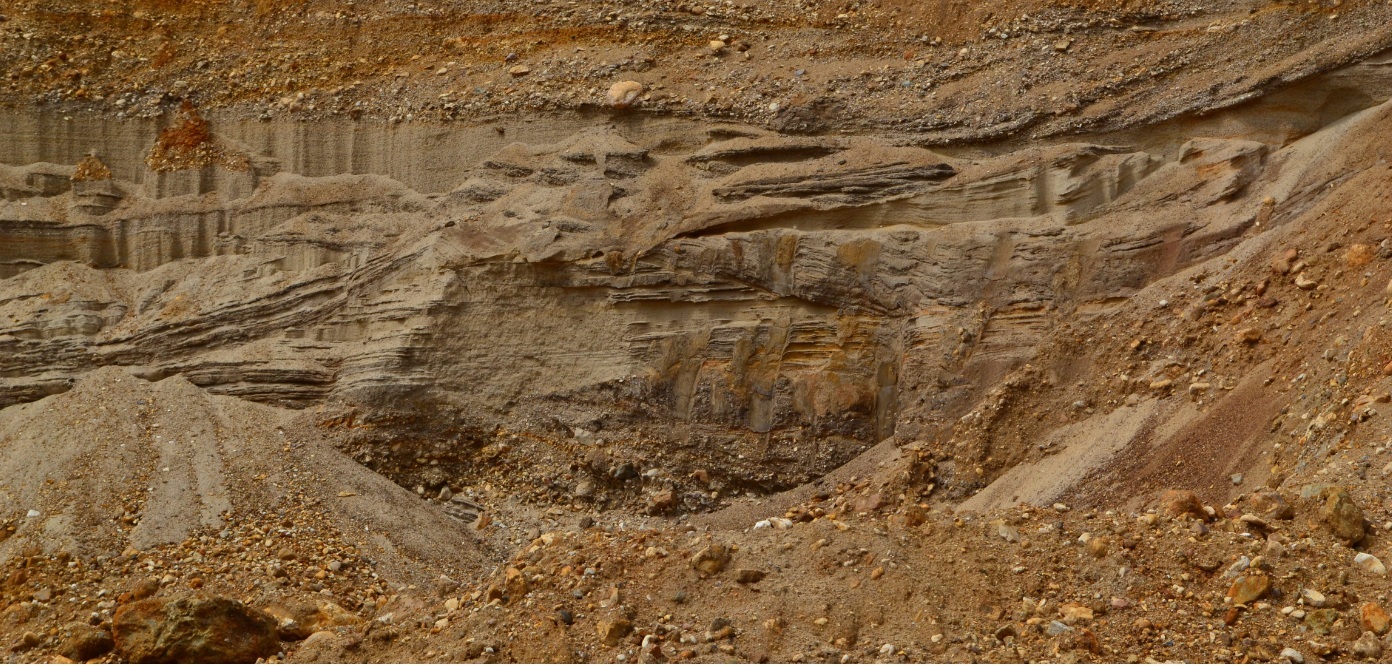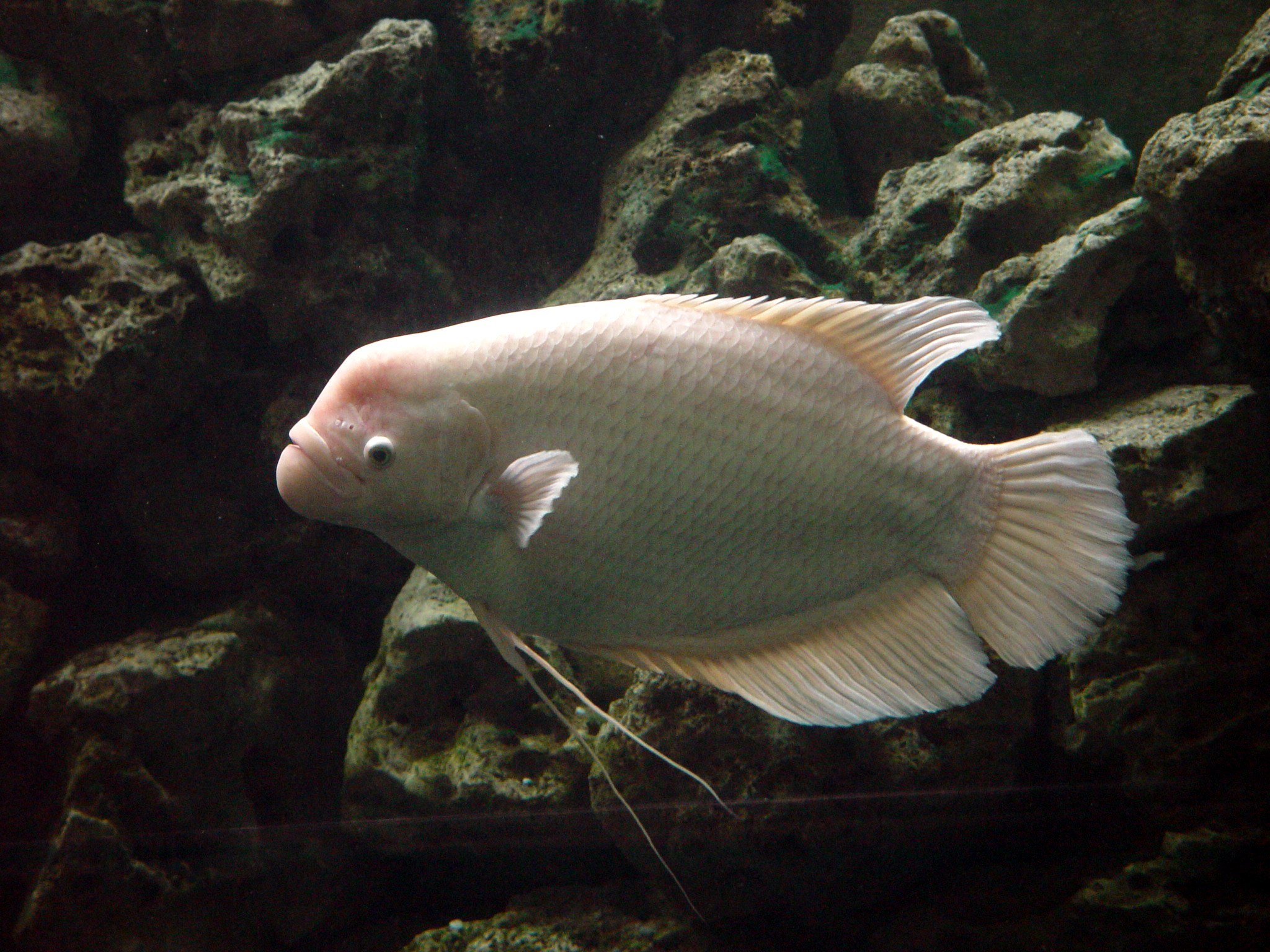|
Ombilinichthys
''Ombilinichthys'' is an extinct genus of gourami from the Ombilin Basin in Sumatra. It was discovered among fossils collected in 2009 from the lacustrine Sangkarewang Formation and described in 2015. It is the earliest known gourami, dated uncertainly to the Eocene. It contains a single species, ''Ombilinichthys yamini'', named for Indonesian poet and revolutionary Mohammad Yamin, who was born in the same town where ''Ombilinichthys yamini'' was discovered. It is a small and deep fish, with the holotype's body being 37mm long and 18mm deep. Its skull is also deep at 15mm. It is closely related to the genus ''Osphronemus ''Osphronemus'' is a genus of large gouramis, the only genus within the subfamily Osphroneminae. These fish are known as the giant gouramis and are native to rivers, lakes, pools, swamps and floodplains in Southeast Asia, with ''O. exodon'' fro ...''. Extinct animals of Indonesia References Osphronemidae Fossil taxa described in 2015 Fossils of Indon ... [...More Info...] [...Related Items...] OR: [Wikipedia] [Google] [Baidu] |
Gourami
Gouramis, or gouramies , are a group of fresh water, freshwater Anabantiformes, anabantiform fish that comprise the family (biology), family Osphronemidae. The fish are native to Asia—from the Indian Subcontinent to Southeast Asia and northeasterly towards Korea. The name "gourami", of Indonesian language, Indonesian origin from Sundanese language, Sundanese word the name "gurame", is also used for fish of the families Helostomatidae and Anabantidae. Many gouramis have an elongated, feeler-like ray at the front of each of their pelvic fins. All living species show parental care until fry are free swimming: some are mouthbrooders, like the Krabi mouth-brooding betta (''Betta simplex''), and others, like the Siamese fighting fish (''Betta splendens''), build bubble nests. Currently, about 133 species are recognised, placed in four subfamilies and about 15 Genus, genera. The name Polyacanthidae has also been used for this family. Some fish now classified as gouramis were previous ... [...More Info...] [...Related Items...] OR: [Wikipedia] [Google] [Baidu] |
Sangkarewang Formation
The Sankarewang Formation is an ?Ypresian, Early or Middle Eocene-aged geological formation in Sumatra, Indonesia near Padang. It is among the very few Paleogene fossil deposits from Southeast Asia that preserves a freshwater ecosystem, and contains many of the earliest records of freshwater fish taxa that now predominate the region. Many of the fishes from this formation are well-preserved as articulated skeletons. The fossils of the formation have been known since the 1870s, although they only received significant attention during the 1930s and again starting from the mid-2010s. The age for this formation has long been disputed, with suggested ages ranging from the Cretaceous to the Miocene. Although the exact age still remains uncertain, most recent studies have settled on a tentative Paleogene age, with estimates ranging from the Paleocene to the Oligocene. More recently, Palynology, palynological data suggests that the overlying Sawahlunto Formation is of middle-late Eocene in ... [...More Info...] [...Related Items...] OR: [Wikipedia] [Google] [Baidu] |
Mohammad Yamin
Muhammad Yamin (24 August 1903 – 17 October 1962) was an Indonesian poet, politician, historian and national hero who played a key role in the writing of the draft preamble to the 1945 constitution. Early life and education Yamin was born on 24 August 1903 in Talawi, Sawahlunto on the island of Sumatra, Indonesia. He was educated at Dutch schools for natives, firstly at a Hollandsch-Inlandsche School, then at an Algemene Middelbare School in Jogyakarta. In 1932 he obtained a law degree in Jakarta. In the early 1930s, Yamin was active in journalist circles, joining the editorial board of the newspaper ''Panorama'', together with Liem Koen Hian, Sanusi Pane, and Amir Sjarifuddin. In mid-1936, together with his colleagues Liem, Pane, and Sjarifuddin, Yamin started another newspaper, ''Kebangoenan'' (1936–1941), which—as with ''Panorama''—was published by Phoa Liong Gie's Siang Po Printing Press. Literature Yamin began his literary career as a writer in the 1920s ... [...More Info...] [...Related Items...] OR: [Wikipedia] [Google] [Baidu] |
Sumatra
Sumatra () is one of the Sunda Islands of western Indonesia. It is the largest island that is fully within Indonesian territory, as well as the list of islands by area, sixth-largest island in the world at 482,286.55 km2 (182,812 mi.2), including adjacent islands such as the Simeulue Island, Simeulue, Nias Island, Nias, Mentawai Islands, Mentawai, Enggano Island, Enggano, Riau Islands, Bangka Belitung and Krakatoa archipelago. Sumatra is an elongated landmass spanning a diagonal northwest–southeast axis. The Indian Ocean borders the northwest, west, and southwest coasts of Sumatra, with the island chain of Simeulue, Nias, Mentawai Islands, Mentawai, and Enggano off the western coast. In the northeast, the narrow Strait of Malacca separates the island from the Malay Peninsula, which is an extension of the Eurasian continent. In the southeast, the narrow Sunda Strait, containing the Krakatoa archipelago, separates Sumatra from Java. The northern tip of Sumatra is near ... [...More Info...] [...Related Items...] OR: [Wikipedia] [Google] [Baidu] |
Lacustrine Deposits
Lacustrine deposits are sedimentary rock formations which formed in the bottom of ancient lakes. A common characteristic of lacustrine deposits is that a river or stream channel has carried sediment into the basin. Lacustrine deposits form in all lake types including rift graben lakes, oxbow lakes, glacial lakes, and crater lakes. Lacustrine environments, like seas, are large bodies of water. They share similar sedimentary deposits which are mainly composed of low-energy particle sizes. Lacustrine deposits are typically very well sorted with highly laminated beds of silts, clays, and occasionally carbonates. In regards to geologic time, lakes are temporary and once they no longer receive water, they dry up and leave a formation. Lake types Lacustrine deposits can form in every variety of basins found in nature. How each basin originates is where the distinction between lacustrine deposit types stem. Rift graben lakes are formed from crustal stretching also known as rifting ... [...More Info...] [...Related Items...] OR: [Wikipedia] [Google] [Baidu] |
Eocene
The Eocene ( ) is a geological epoch (geology), epoch that lasted from about 56 to 33.9 million years ago (Ma). It is the second epoch of the Paleogene Period (geology), Period in the modern Cenozoic Era (geology), Era. The name ''Eocene'' comes from the Ancient Greek (''Ēṓs'', 'Eos, Dawn') and (''kainós'', "new") and refers to the "dawn" of modern ('new') fauna that appeared during the epoch.See: *Letter from William Whewell to Charles Lyell dated 31 January 1831 in: * From p. 55: "The period next antecedent we shall call Eocene, from ήως, aurora, and χαινος, recens, because the extremely small proportion of living species contained in these strata, indicates what may be considered the first commencement, or ''dawn'', of the existing state of the animate creation." The Eocene spans the time from the end of the Paleocene Epoch to the beginning of the Oligocene Epoch. The start of the Eocene is marked by a brief period in which the concentration of the carbon isoto ... [...More Info...] [...Related Items...] OR: [Wikipedia] [Google] [Baidu] |
Monotypic Taxon
In biology, a monotypic taxon is a taxonomic group (taxon) that contains only one immediately subordinate taxon. A monotypic species is one that does not include subspecies or smaller, infraspecific taxa. In the case of Genus, genera, the term "unispecific" or "monospecific" is sometimes preferred. In botanical nomenclature, a monotypic genus is a genus in the special case where a genus and a single species are simultaneously described. Theoretical implications Monotypic taxa present several important theoretical challenges in biological classification. One key issue is known as "Gregg's Paradox": if a single species is the only member of multiple hierarchical levels (for example, being the only species in its genus, which is the only genus in its family), then each level needs a distinct definition to maintain logical structure. Otherwise, the different taxonomic ranks become effectively identical, which creates problems for organizing biological diversity in a hierarchical o ... [...More Info...] [...Related Items...] OR: [Wikipedia] [Google] [Baidu] |
Holotype
A holotype (Latin: ''holotypus'') is a single physical example (or illustration) of an organism used when the species (or lower-ranked taxon) was formally described. It is either the single such physical example (or illustration) or one of several examples, but explicitly designated as the holotype. Under the International Code of Zoological Nomenclature (ICZN), a holotype is one of several kinds of name-bearing types. In the International Code of Nomenclature for algae, fungi, and plants (ICN) and ICZN, the definitions of types are similar in intent but not identical in terminology or underlying concept. For example, the holotype for the butterfly '' Plebejus idas longinus'' is a preserved specimen of that subspecies, held by the Museum of Comparative Zoology at Harvard University. In botany and mycology, an isotype is a duplicate of the holotype, generally pieces from the same individual plant or samples from the same genetic individual. A holotype is not necessarily "ty ... [...More Info...] [...Related Items...] OR: [Wikipedia] [Google] [Baidu] |
Osphronemus
''Osphronemus'' is a genus of large gouramis, the only genus within the subfamily Osphroneminae. These fish are known as the giant gouramis and are native to rivers, lakes, pools, swamps and floodplains in Southeast Asia, with ''O. exodon'' from the Mekong basin, ''O. laticlavius'' and ''O. septemfasciatus'' from Borneo, while ''O. goramy'' is relatively widespread.Roberts, T.R. (1992). Systematic revision of the Southeast Asian anabantoid fish genus Osphronemus, with descriptions of two new species. Ichthyol. Explor. Freshwat. 2(4):351–360.Roberts, T.R. (1994). Osphronemus exodon, a new species of giant gourami with extraordinary dentition from the Mekong. Natural History Bulletin of the Siam Society 42(1): 67–77. ''O. goramy'' has been introduced outside its native range in Asia, Africa and Australia.Roberts, T.R. (1989). "The freshwater fishes of Western Borneo (Kalimantan Barat, Indonesia)". Memoirs of the California Academy of Sciences. 14: 1–210. All the species are ... [...More Info...] [...Related Items...] OR: [Wikipedia] [Google] [Baidu] |
Extinct Animals Of Indonesia
Extinction is the termination of an organism by the death of its last member. A taxon may become functionally extinct before the death of its last member if it loses the capacity to reproduce and recover. As a species' potential range may be very large, determining this moment is difficult, and is usually done retrospectively. This difficulty leads to phenomena such as Lazarus taxa, where a species presumed extinct abruptly "reappears" (typically in the fossil record) after a period of apparent absence. Over five billion species are estimated to have died out. It is estimated that there are currently around 8.7 million species of eukaryotes globally, possibly many times more if microorganisms are included. Notable extinct animal species include non-avian dinosaurs, saber-toothed cats, and mammoths. Through evolution, species arise through the process of speciation. Species become extinct when they are no longer able to survive in changing conditions or against superio ... [...More Info...] [...Related Items...] OR: [Wikipedia] [Google] [Baidu] |
Osphronemidae
Jan van der Hoeven (9 February 1801 – 10 March 1868) was a Dutch zoologist Zoology ( , ) is the scientific study of animals. Its studies include the structure, embryology, classification, habits, and distribution of all animals, both living and extinct, and how they interact with their ecosystems. Zoology is one .... {{DEFAULTSORT:van der Hoeven Animal taxa by author Taxa by Dutch author ... [...More Info...] [...Related Items...] OR: [Wikipedia] [Google] [Baidu] |




